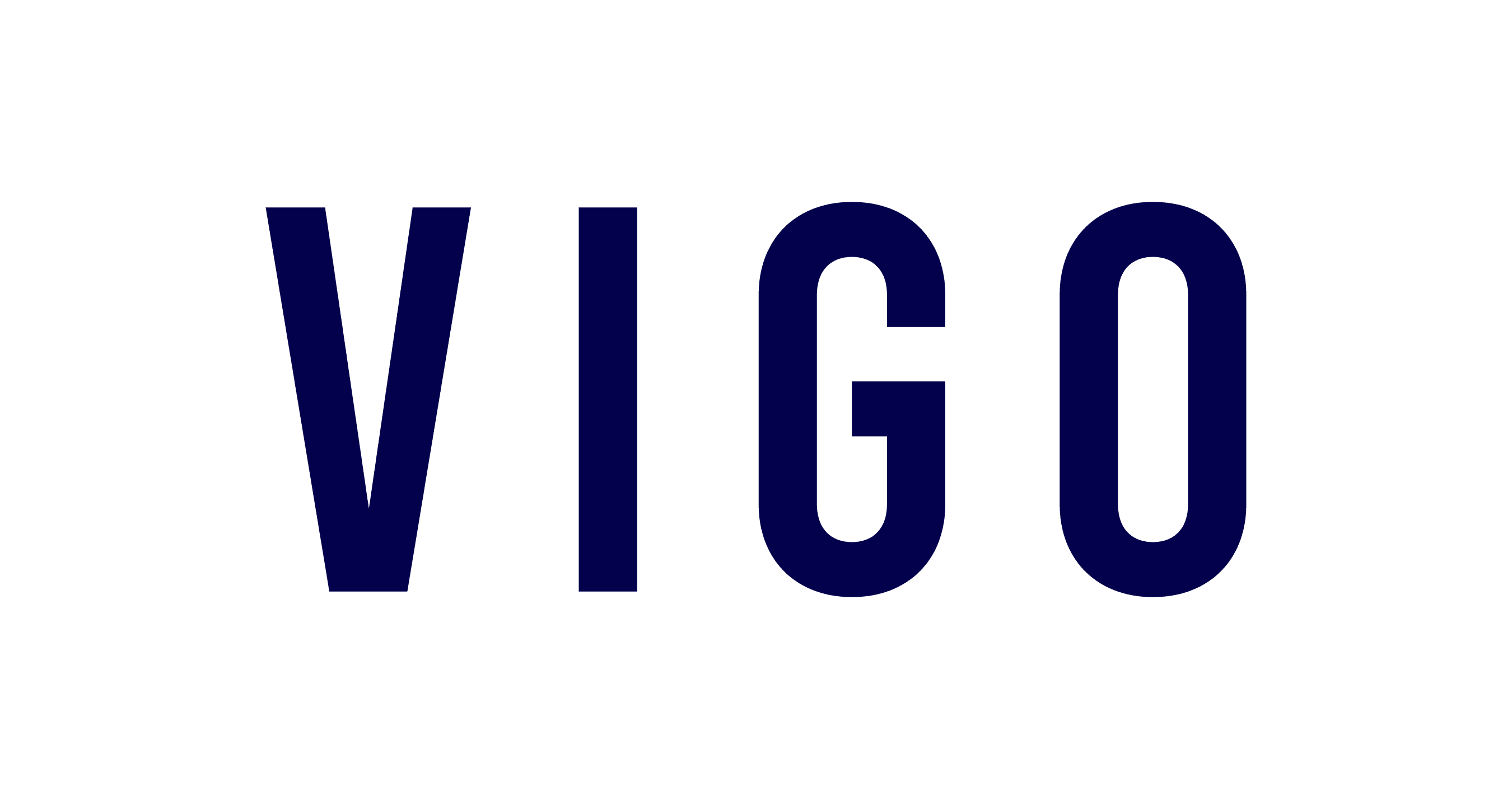Full of vibrant colours, speed, and rhythmic sway, the Moroccan roots are clearly visible in Hassan Hajjaj's work, mixed with contemporary London expressions. He is an artist that always creates while listening to music, preferably out in the street.
In VOGUE, The Arab Issue at Fotografiska, in collaboration with Maison Européenne de la Photographie in Paris, several of his photographic series are shown, often unique, often with frames made from anything, from bicycle tires to cans with Arabic logos. The title alludes to how he is using Moroccan friends or friends of friends, and designs to create his fashion photographs, not ones flown in from the West. Something for a certain fashion magazine to consider...
If you don't have tickets to the cinema, you can still check out the photographs from the movie on the poster. If you don't have your own camera, you can still borrow your friend's. If you have your own drive to express yourself artistically, you have everything you need. Growing up during the 60s in the city of Larache, Morocco, Hassan Hajjaj encountered photography in three different ways: street-photographers who took pictures of people and then sold them the photographs, beach-photographers who captured the beach-life, and snapshots from movies printed on posters. During this time, his father lived and worked in London while the family was still in Morocco, but in the beginning of the 70s Hassan, his sisters, and his mother moved to his father, and it was time for an entirely new chapter in young Hassan's artistic life.
“For me it began when I, as a twelve-year-old newcomer in London, wanted to show my friends something from my native country. They came from places like the Caribbean, Brazil, and India, places brimming with cultural belonging familiar to everyone: reggae, Pelé, samba, calypso, rai-music, and more. I wanted them to know that I was also from a cool place, so I created things, graffiti, and scenarios, that I shot with a borrowed camera. Things that mixed the Moroccan with the vibrant London that we all lived in. But it was in 1989 when I bought myself a used Pentax from Zak Ove that everything really took off”, Hassan Hajjaj says.
Today he is represented at, among other places, Brooklyn Museum in New York, Los Angeles Museum of Contemporary Art, and Victoria & Albert Museum in London.The exhibition VOGUE, The Arab Issue at Fotografiska is a collaboration with Maison Européenne de la Photographie in Paris. By borrowing, transferring, interchanging, and mixing expressions, Hajjaj explores questions like that of cultural appropriation – to take expressions belonging to one culture and use them in another, in a way that can be perceived as demeaning.
“In Hajjaj's imagery, which combines fashion, Pop-Art, and politics, the Moroccan inheritance is an ever-present element. This self-taught and multifaceted artist, mostly known for his photography, has established himself as one of Morocco's most internationally prominent artists. To now exhibit his work at Fotografiska is really exciting”, says Emilie Ackerman, exhibition producer.
Hajjaj's art is absolutely bursting with the joy of colours and life, patterns, energy, rhythm, and ingenuity. All imaginable materials from Morocco, together with ones from contemporary London, are used to create a mix that instantly signals that this is a work by Hassan Hajjaj: photographer, and artist – by profession and in life. Whether it's photography, installation, fashion with a touch of Pop Art, interior design, or furniture made from recycled Moroccan everyday objects, they're all imbued with his typical expression of rhythmic swey – preferably hip hop and reggae. A unique piece with a frame made from cans with Arabic logos can capture your attention and make you smile, but may also raise a question.
“The curiosity to just try things, and make mistakes without holding on to prestige, are some of the benefits of being self-taught. To affect people, and initiate discussions and conversations is probably my strongest motivator. It's not that I always have specific answers, but in a living culture questions need to be asked, to make us think, and think again”, says Hassan Hajjaj, who nowadays lives in both London, and in Marrakech, where he has a store that doubles as a place to hang out with friends.
The fact that Hajjaj is often called “the Andy Warhol of Marrakech”, is one of those things that is worth thinking twice about.
“The expression appeared in an article sometime in the 90s. On the one hand, it's flattering to be mentioned in relation to a legend like this, on the other hand it might be questionable that when lifting up and defining something from Northern Africa, or what’s so called Third World, it automatically needs to be related to a Western success...”
The title VOGUE, The Arab Issue alludes to an experience that Hajjaj had when he, as an English-speaker, helped a friend in whose house a big fashion magazine had a photo-shoot. He realised that none of the participants – makeup-artists, models, photographers, and more – had anything to do with Northern Africa. Everyone was flown in, and the beautiful backyard was only an exotic backdrop. That's when he decided to have his own fashion-shoot packed with local models, design, and cultural context: now it's one of the series that he proudly exhibits at Fotografiska.
“Culture is ever-changing. Like, for example, the wearing of veils: my grandmother didn't, my mother does, but not my sisters. Symbols are transformed by their context. That veils are sometimes seen in my pictures might be something else worth pondering...”.

